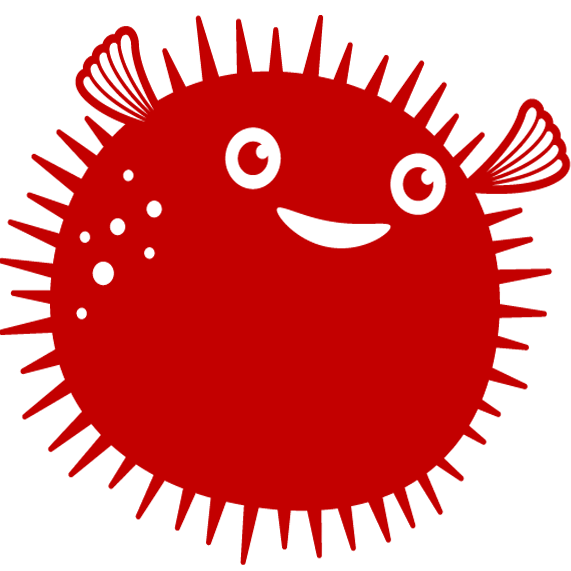こんにちは!
|
First, a bit of terminology, some things that aren't always made clear in
the literature...
-
Kanji - There are many thousands of kanji. Each one is a picture
that has a meaning, and they can be combined for further meanings. They
are the "picture writing" you've probably seen, and evolved
from the Chinese.
-
Kana - There are two sets of these, with 46 in each set.
Each represents a Japanese syllable, and they are used to "spell"
kanji. That is, instead of writing a picture, you can use the sounds of
the kana to "spell" out its pronunciation. Each one also has a
Romanized spelling which is the same in each of the two sets.
-
Hiragana - One of the two kana sets. Think of it as a font,
with katakana being a parallel font. Japanese words are usually
spelled with hiragana, though katakana may be used for emphasis or
special effects.
-
Katakana - One of the two kana sets. Think of it as a font,
with hiragana being a parallel font. Foreign words and foreign words
which are commonly used in Japanese are spelled with katakana.
|
|
Online Learning Resources
Learning Resources
Here are some learning resources, mostly available from Amazon.com...
+ Calendars...
+
Beginner's Kana Workbook - Practice Drills for Writing Hiragana and Katakana
Just as the title says. Teaches you to write the characters.
+
Easy Hiragana - First Steps to Reading and Writing Basic Japanese
+
Easy Katakana - How to Read and Write English Words Used in Japanese
+
Easy Kanji - A Basic Guide to Writing Japanese Characters
A bit less emphasis on how to write the characters than is provided
in the workbook mentioned above, but a lot more information on what
they mean and how they're used.
+
Learn in Your Car: Japanese - Level 1
+
Learn in Your Car: Japanese - Level 2
+
Learn in Your Car: Japanese - Level 3
A good learning tool but may move too fast for the beginner... I found this to be true of
the German and Spanish versions even though I had some previous experience in those languages,
and in Japanese I'm a real beginner! It would probably be best to follow along a bit in the
listening guides before hitting the road. [The German and Spanish versions I purchased
years ago were audio cassettes; later they were released on CD, but now they appear to be
primarily MP3 format.]
+ Remembering the Katakana
+ Remembering the Kanji I - A Complete Course on How Not to Forget the Meaning and Writing of Japanese Characters
+ Remembering the Kanji II - A Systematic Guide to Reading Japanese Characters
So far, I've purchased only the Hiragana book. It's rather clever,
teaching you little memory hooks. After the first lesson I found
that the method does work, though I wonder if it can work as well
with something as big as the Kanji set. In past experiments with
associative tricks meant to improve one's memory, I've found that
they work well only if you have a good memory to begin with! That
is, if you can remember the hooks, you can pretty much remember the
material itself just as easily, and if not, not. Maybe these will be
better.
+
Vocabulearn Japanese - Amazon search
An all-audio no-reading-required offering. Good for vocabulary-building while you commute.
A word is spoken, then its translation, another word is spoken, then its translation...
an excellent tool! I've used the German and Spanish versions. [When I revisited the
Vocabulearn series at Amazon years later, I found that some were unavailable, some available
as CD or MP3, some for one language but not another... So I replaced my old direct links
with the above search.]
After you've learned Japanese, visit
http://www.shonenknife.net,
home of the most famous band in the world from Osaka! But if you
can't wait, you can visit my Shonen Knife page now.
10 Decembro 2013 modifita.
